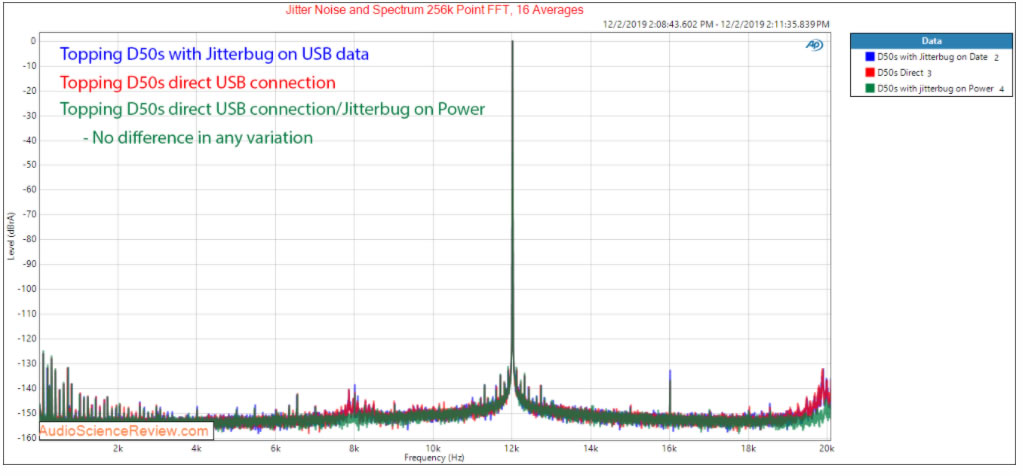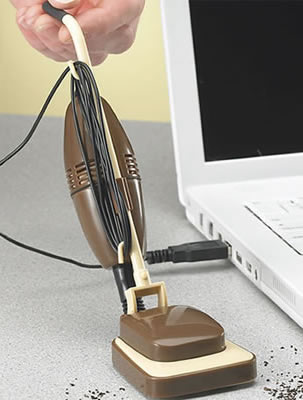- Connecting audio
- Audio PC
- Raspberry & Co
- All in Ones
- Bluetooth
- Chromecast
- Streaming audio player
- Music server
- USB Audio
- Real-time audio over IP
- FireWire DAC
- Multi-channel DAC
- NAS
- Remote control
- Vinyl rippers
- Acoustic materials
- Active crossover
- Active speakers
- Single driver speakers
- Invisible speakers
- Sound card
- Digital room correction
- Headphone
- Portable media players
Isolator
There are claims that sound quality improves by having a full galvanic isolation between the PC and the DAC. Some manufacturers of USB DACs use opto-couplers to eliminate the noise from the USB connection.
Exasound provided some measurements demonstrating the difference galvanic isolation can make.
Beware that although USB2 is supported most of the time, this doesn’t mean all the USB speed modes are supported as well. A DAC able to play > 24 bit / 96 kHz needs High-Speed (480 Mbps). A lot of isolators in the past were limited to Full Speed.
As opto-couplers are used, why not use them to drive a fiber.
This gives you USB over optical hence galvanic isolation and a cable length well in excess of the 5m the USB standard allows for.
This is a technology employed by a couple of extenders.
Uptone Audio took matters a bit further. Their Regen is not a isolator (protecting the device against a high voltage) but a re-clocker. It re-generates the USB stream.
Their Regen generated quite a stir at various audio forums.
Likewise the Audioquest Jitterbug.

AmirM measured the jitterperformance of the Regen and the Jitterbug.
His conclusion:
Conclusions
We can easily demonstrate that devices like JitterBug cannot work. USB is a high-speed bus. You cannot filter it without causing the data to be corrupted. So any filtering that JitterBug performs there must be well into Megahertz region and hence outside of audible band. Since data transmission to a USB DAC is highly reliable anyway, filter does no good. As to filtering of the USB power, the DAC itself has a regulator and filter of its own. Adding the tiny bit of filtering JitterBug has is like spitting in an ocean and expecting its level to rise.
Please save your money folks. Give it to Charity. Go have a great dinner. Anything but rewarding people who build these useless devices that attempt to solve problems that don't exist.
Although the manufacturers of these products wax away about the improvements in audio quality, most of them don’t supply measurements.

USB Cleaner
- Digital isolator simplifies USB isolation - Mark Cantrell, Analog Devices
- John Swenson's Tech Corner - Uptone Audio
- AudioQuest JitterBug USB Filter Review - Audio Science Review
- Singxer UIP-1 USB Isolator Review - Audio Science Review
- USB Isolation with Nobsound ADuM4160 device and hi-res DAC - Archimago's Musings

